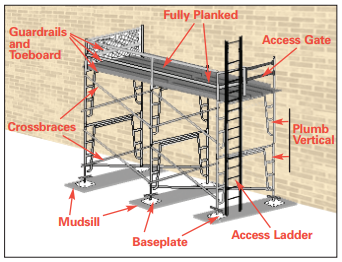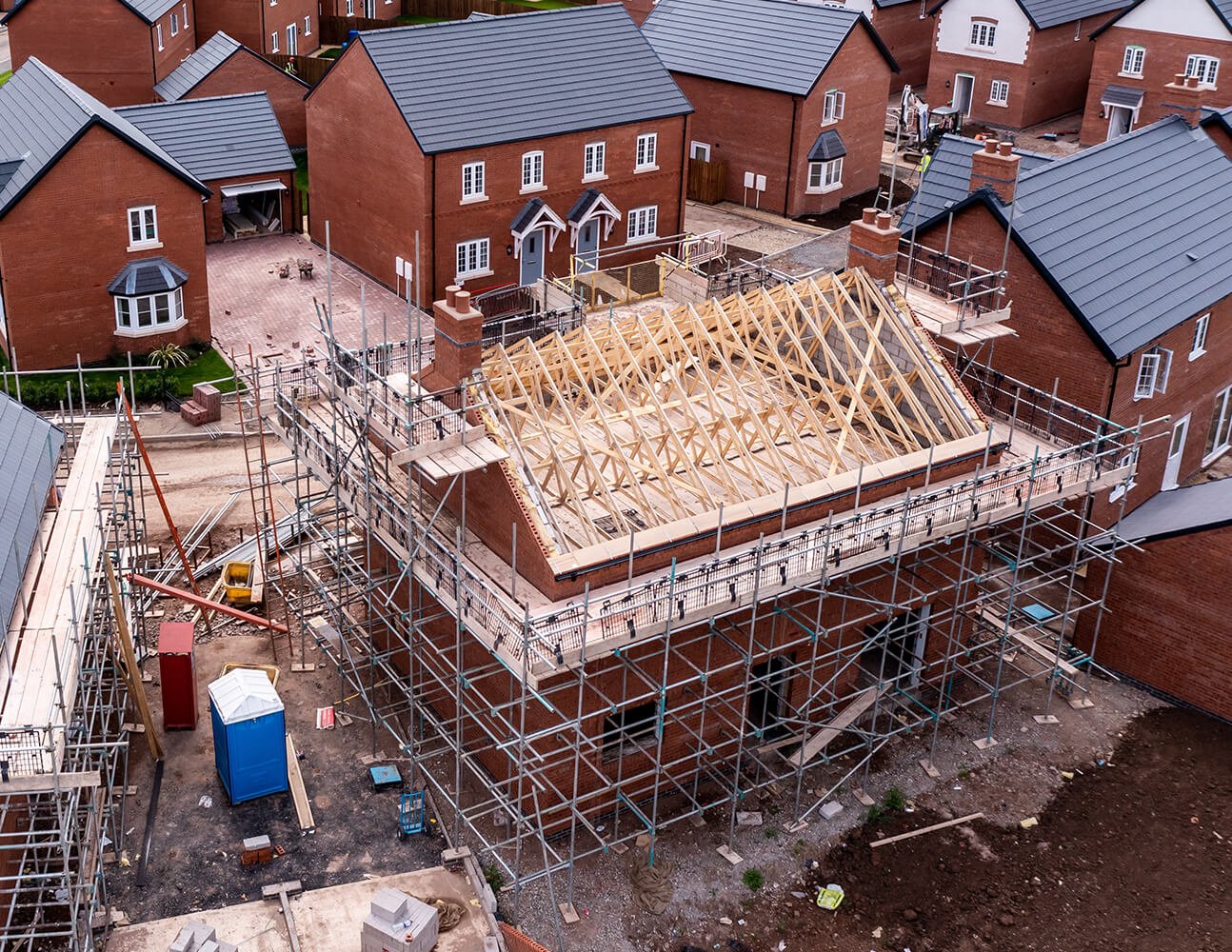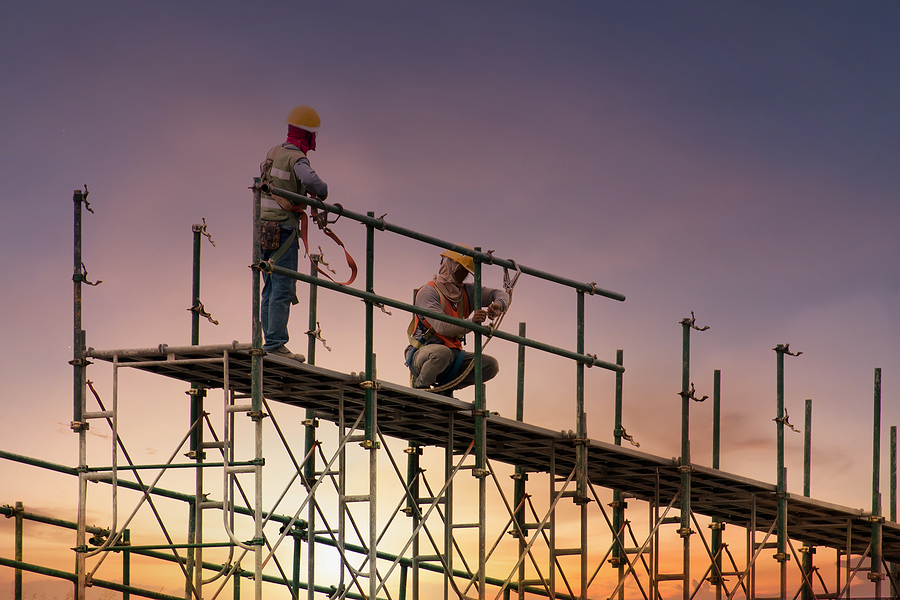Choosing a Local Scaffolding Company for Reliable and Timely Service
Choosing a Local Scaffolding Company for Reliable and Timely Service
Blog Article
Exploring the Different Sorts Of Scaffolding Made Use Of in Construction Jobs
The building industry depends greatly on different types of scaffolding to fulfill particular task demands, each offering distinct benefits and applications. Traditional framework scaffolding supplies a durable structure for basic jobs, while suspended scaffolding is essential for work on high-rise frameworks.

Traditional Frame Scaffolding
Standard frame scaffolding is one of the most widely used approaches in the building and construction sector as a result of its effectiveness and versatility. This system consists of straight and upright frameworks that are put together to develop a stable platform for employees and products. The main components consist of vertical blog posts, straight journals, and angled braces, which with each other provide a strong framework that can sustain considerable loads.
Among the vital advantages of traditional frame scaffolding is its versatility to various construction jobs, ranging from residential structures to huge industrial structures. The modular style enables simple setting up and disassembly, making it efficient for both temporary and long-term jobs. Furthermore, the system can be tailored in elevation and size, fitting various structure styles and website problems.
Safety is extremely important in scaffolding applications, and typical frame systems are furnished with guardrails and toe boards to avoid drops and make sure employee protection. Normal inspections and adherence to safety laws are important in keeping the honesty of the scaffold (Scaffolding). Overall, conventional framework scaffolding stays a basic selection in the building market, supplying a reliable system for labor and enhancing overall project efficiency

Suspended Scaffolding
Suspended scaffolding provides a distinct service for building jobs that need access to raised surfaces, particularly in scenarios where standard frame scaffolding might be unwise. This type of scaffolding is generally put on hold from the roof or upper degrees of a framework, making use of a system of ropes, systems, and pulley-blocks to produce a working space that can be gotten used to various heights.
One of the main benefits of put on hold scaffolding is its versatility. It can be easily rearranged or reduced to accommodate adjustments in building and construction demands, making it excellent for tasks such as home window installation, frontage work, and maintenance on skyscraper structures. In addition, the very little impact of put on hold scaffolding enables better use ground space in metropolitan environments, where area is frequently minimal.
Safety is a vital factor to consider in the use of put on hold scaffolding. On the whole, suspended scaffolding provides a efficient and efficient option for accessing hard-to-reach locations in numerous building and construction circumstances, boosting both productivity and security on site.
System Scaffolding
System scaffolding, typically considered as a modern-day solution in the scaffolding industry, contains pre-engineered parts that can be swiftly assembled and adapted for numerous building and construction tasks. Scaffolding. This type of scaffolding is identified by its modular layout, which enables adaptability and performance on task sites, accommodating structural needs and various elevations
Typically made from high-strength steel or light weight aluminum, system scaffolding uses boosted toughness and stability. The components consist of vertical posts, straight journals, and diagonal braces, which adjoin firmly, making certain a durable framework. The layout frequently incorporates standard fittings, simplifying assembly and disassembly procedures, thus decreasing labor time and expenses.

Rolling Scaffolding
Moving scaffolding is a functional choice to traditional fixed scaffolding, designed for movement and ease of use on building sites. This sort of scaffolding consists of a platform supported by structures with wheels, permitting employees to quickly move it as needed. The mobility function substantially improves efficiency, as it reduces downtime associated with constructing and dismantling taken care of scaffolding.
Commonly created from light-weight products such as light weight aluminum or steel, rolling scaffolding offers a durable yet portable solution for jobs calling for constant repositioning - Scaffolding. It is especially beneficial in jobs such as paint, drywall installment, and electrical job, where access to numerous heights and areas is needed
Security is critical in rolling scaffolding layout, with attributes such as locking wheels to avoid unplanned movement when being used, and guardrails to secure workers from drops. In addition, lots of designs are flexible in height, fitting various task requirements.
Cantilever Scaffolding

The design of cantilever scaffolding commonly entails making use of braces or arms secured to a building or framework, enabling the system to expand external safely. Safety is critical; thus, these scaffolds have to be crafted to endure different loads and ecological problems. Regular examination and upkeep are important to guarantee structural honesty and worker safety and security.
Cantilever scaffolding is preferred for its convenience and effective use of room, making it a prominent choice in city atmospheres where space constraints prevail. It helps with much easier accessibility to high altitudes, eventually contributing to the total performance of building and construction jobs. Just like all scaffolding types, appropriate training and adherence to security requirements are critical for workers utilizing cantilever scaffolding.
Final Thought
Traditional framework scaffolding supplies security, while suspended scaffolding uses convenience for raised jobs. System scaffolding promotes fast assembly, and rolling scaffolding enhances mobility for varying work environments.
Conventional framework scaffolding offers a sturdy foundation for basic jobs, while suspended scaffolding is necessary for work on have a peek at this site high-rise structures.Rolling scaffolding is a versatile alternative to standard fixed scaffolding, developed for movement and simplicity of usage on building and construction websites. As with all scaffolding types, proper training and adherence to safety and security standards are crucial for workers making use of cantilever scaffolding.
Standard structure scaffolding provides security, while suspended scaffolding offers versatility for raised tasks. System scaffolding helps with fast setting up, and rolling scaffolding enhances flexibility for differing work environments.
Report this page